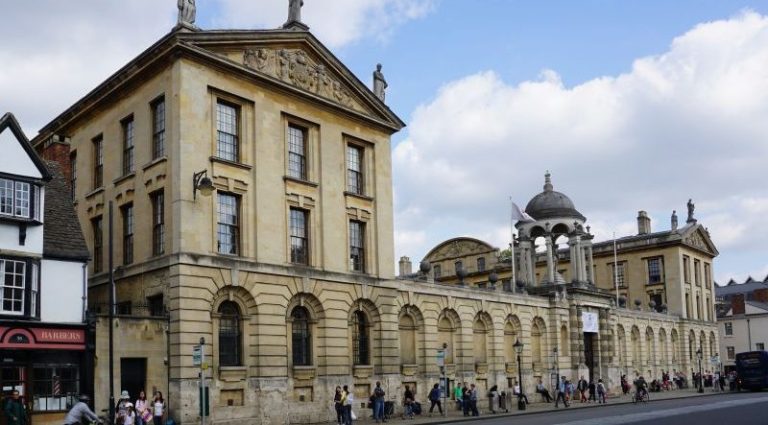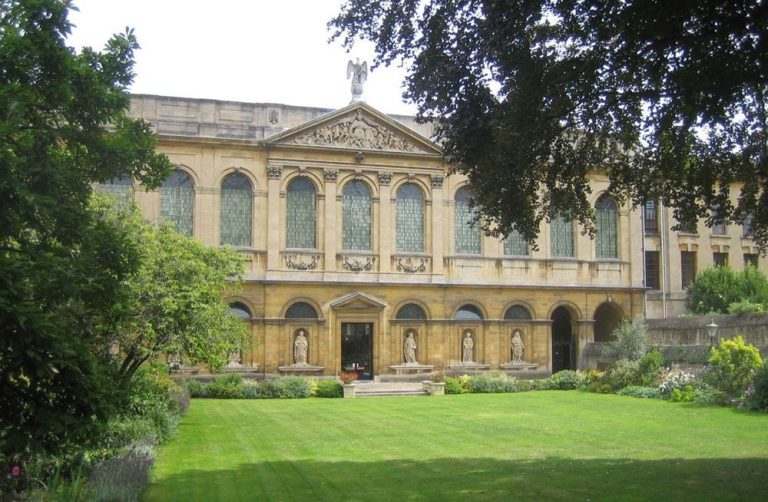QUEENS COLLEGE


History, Building and Architecture
The Queen's College Is distinguished by its predominantly neoclassical architecture.
The college was founded in 1341 as "Hall of the Queen's scholars of Oxford" by Robert de Eglesfield (d'Eglesfield), chaplain to the then queen consort Philippa of Hainault, after whom the hall was named. Robert's aim was to provide clergymen for his native Cumberland and where he lived in Westmorland (both part of modern Cumbria). In addition, the college was to provide charity for the poor. d'Eglesfield had grand plans for the college, with a provost, twelve fellows studying theology, up to thirteen chaplains, and seventy-two poor boys. However, the college did not have the funding to support such numbers, and initially had just two fellows.
The college gained land and patronage in the mid-15th century, giving it a good endowment and allowing it to expand to 10 fellows by the end of the century. By 1500, it had started to take paying undergraduates, typically sons of the gentry and middle class, who paid the fellows for teaching. There were 14 of these in 1535; by 1612, this had risen to 194. The college added lectureships in Greek and philosophy. Provost Henry Robinson obtained an Act of Parliament incorporating the college as "The Queen's College" in 1585, so Robinson is known as the second founder.
Following the new foundation, the college had a good reputation and flourished until the 1750s. Joseph Williamson, who had been admitted as a poor boy and went on to become a fellow, rose to Secretary of State and amassed a fortune. He funded a new range on Queen's Lane built in 1671–72. Following a bequest of books from Thomas Barlow, a new library was built between 1693 and 1696 by master builder John Townesend. A further bequest from Williamson of £6,000, along with purchase of the buildings along the High Street, allowed a new front quad to be built and for the remaining medieval buildings to be replaced. This was completed by 1759 by John's son William Townesend. The college gained a large number of benefactions during this time, which helped to pay for the buildings and bring in more scholars from other, mostly northern, towns.
Like many of Oxford's colleges, Queen's admitted its first mixed-sex cohort in 1979, after more than six centuries as an institution for men only.
Famous Alumni
We need your consent to load the translations
We use a third-party service to translate the website content that may collect data about your activity. Please review the details in the privacy policy and accept the service to view the translations.


